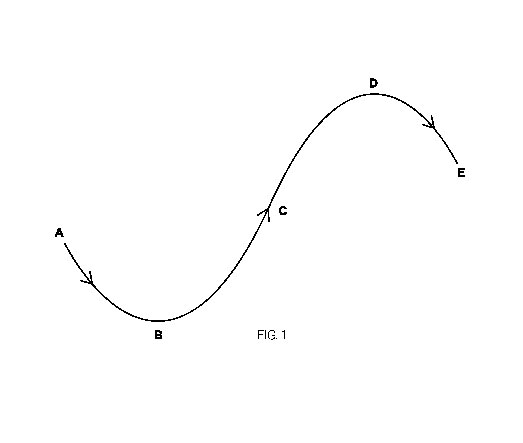
Recommended articles
On related topics
I took over as Managing Partner at NATIONAL Vancouver exactly two years ago. From the day I started, I keep coming back to two things.
First: the Sigmoid Curve. Renowned business thinker Charles Handy (a product of Royal Dutch Shell’s scenario planning group) talks about the Sigmoid Curve as a symbol for growth and change in his book The Age of Paradox:

The Sigmoid Curve is a standard life cycle curve—of plants and animals, companies, civilizations. Let’s use a human life from healthy birth to death in old age as an example. A baby is born (point A). Immediately it struggles—for oxygen, against the light—and dips down, bottoming out within a few seconds at point B. Then begins the steady climb through each stage of life (point C) to point D, when humans slow down and start downward to the inevitable end (point E).
Handy says the key to company growth and innovation is to make a jump from one Sigmoid Curve to another, right at the point when everything within the organization feels good and comfortable (see Fig. 2).

The area where these two curves intersect (point X) is often a period of discomfort and concern. People stuck on the previous curve are confused (“What’s going on? Everything was good?”), while people who have made the leap are frustrated (“What don’t you get? What’s taking so long?”). Handy contends this period is positive and required for productive change to happen, and eventually the team comes together and starts the positive climb up.
I have subscribed to Handy’s theory for years and we’ve used it to drive renewal in our Vancouver office. We saw long-time employees—good people—decide to leave for other opportunities, either because their new role was right for them or because they didn’t want to be part of the changes taking place. With their departures, we’ve been able to build a team that shares the same sense of purpose and vision. I’m pleased to say we have broken through the chaos, with revenues and margin up, a team of good people keen to do great work, and clients coming to us for broader mandates than we had in the past.
The second thing: brand. How do you take a long-standing brand and give it a jolt in a new direction? I looked at brands like Pabst Blue Ribbon, Burberry, Microsoft—companies or products that had lost market share before reinventing themselves. Our NATIONAL Vancouver brand refresh boiled down to a couple of simple things:
- Say “Yes”
- Act like a challenger brand, not an incumbent brand
With this in mind, we have been able to throw our rate card out the window and find solutions that work for the client and work for us (it’s not about what we can earn in an hour; it’s about what we can earn over the life of a relationship). We are able to take risks without being reckless. And we can show up in new ways that build upon the core strengths NATIONAL Vancouver has always offered.
Our next task? Figuring out when to jump curves again.
——— Paul Welsh is a former Managing Partne at NATIONAL Public Relations